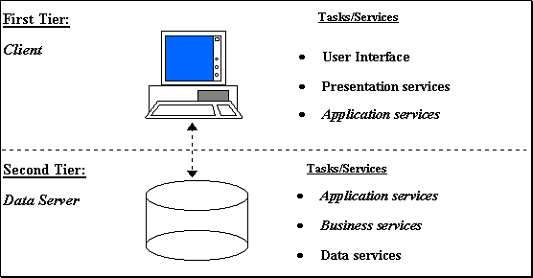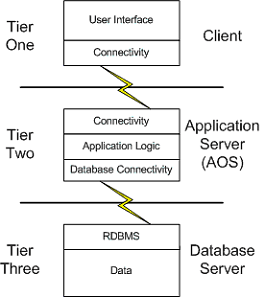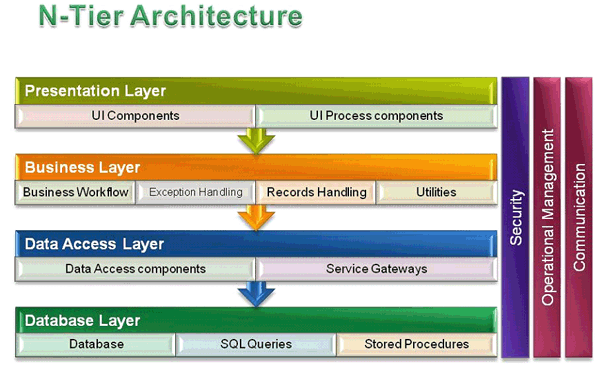HRIS: An Evaluation of its Cost and Benefits
April 3, 2025
 HRIS: An Evaluation of its Cost and Benefits
HRIS: An Evaluation of its Cost and Benefits
Human Resource Information System (HRIS) often described as Human Resource Management System, in the present scenario can serve as a crucial tool in providing a competitive advantage to the organizations. It involves measurability, better management of data and information, equally provide scope for measurement of key HR practices and its outcomes on employee productivity as…
 Training & Development and HRIS Applications
Training & Development and HRIS Applications
HRIS is a systematic process of compiling different information for easily accessing them further. HRIS helps in training and development issues within a business. It facilitates performance evaluation of an employee understanding proper training methods, utilizing the knowledge imparted to employees in an accessible manner. Training and Development – Strategic Implications and Learning Organization The…
 Talent Management and Corporate Strategy: Aligned for Driving Excellence
Talent Management and Corporate Strategy: Aligned for Driving Excellence
Talent Management in the contemporary scenario has received increasing importance from the corporate world and have been acknowledged as the key for providing a competitive edge and a leadership advantage by developing the top talents and resources in an organizations. Talent Management can be regarded as a process of acquisition, hiring and retaining the most…
For implementing any Human Resource Information System (HRIS) project successfully, the system design requirements should be given utmost importance and it must have scope for customizations as per the requirements of the end users. The system should have various inbuilt provisions and be developed by carefully analyzing the end users/customers’ requirements and the technicalities involved in the entire process and the end results which are expected from the module.
Implementing an HRIS system requires careful planning, setting up of systems and processes in place, clear definition of objectives/goals and an integrated approach. A well designed HRIS system can eventually lead to improved organizational productivity and vice versa may also be true if it is implemented in an unplanned manner.
The customers or users can be both employees and non-employees.
According to Miller (1998), what various managers have in common is their very key requirement of having an access to accurate data which can facilitate their decision making in connection with people matters. HRIS provides should provide information on performance appraisal, recruitment, selection, training, maintenance, potential appraisal, pay-roll, group force, areas of improvement and thereby contribute in formulation of strategic goals and objectives.
As it has been discussed, that the users of HRIS module may be different and also that they have different usage requirements. Some are simply involved in feeding the information and data, while few simply glance through the information in report forms and some pay a careful attention to the data and information, analyze the trends and use it in their day to day decision making.
On the basis of classification in terms of usage of data and information, the data can be essentially classified into 3 categories:
Any System Architecture should essentially include three key features and these are Components, Collaborators which describe about the pattern of interaction between the components and Connectors which explain the communication pattern between the components. Depending upon the requirements, the HRIS architecture can be 2-tiered, 3-tiered or multi-tiered architectures.

Source: edn.embarcadero.com

Source: msdn.microsoft.com
But with the advent of both, HRIS professionals demanded much more elaborate processes. Two tier architecture, even though is inexpensive but has limited applications and there is interdependency of components. On the other hand, three tier architecture even though is a refined version and provides additional advantages, still has various limitations.

Source: tgarhwal.wordpress.com
HRIS continuously interacts with other operational areas within an organization. In the diagram above, there are three different layer which gives rise to N-Tier design. There are various web servers which provide the different databases modules and languages. The main objective is to formulate the goal of the business process in a single phrase so that all the layers can easily understand it and get moving on it. Though the process is complex, but until and unless the end users are clear of the main objective. It actually provides a single browser to store and retrieve database by the end users.
Different authors have described different steps for implementation of HRIS in an organization. It is essentially a planned and an integrated approach involving the top management, HR Managers and a team of Technical Consultants and Specialists. A clarity of the objectives and the organizational goals is very crucial before working upon the module implementation.
Planning is the basis for implementation on which the chance of implementation successfully depends. It provides the framework for the choice of project manager or consultant, choosing certain project experts, defining reports and management methods, a good implementation team, operational areas, budgetary methods, analyzing and comparing existing and future processes, hardware as well as software determination, customize modernized techniques, interaction of user and software for acceptance. In the ensuing discussions, we will cover in detail the stages involved in implementation process, evaluation of the entire process and the pitfalls involved in the implementation stages.
Your email address will not be published. Required fields are marked *